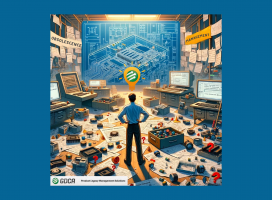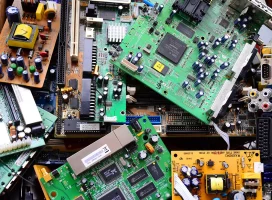Winning the Battle but Losing the War
People may not know that Napoleon’s defeat at the hands of the Russian coalition was preceded by his capture of Moscow in 1812. Although that victory seemed decisive for him at the time, the cost of holding a captured city in the face of broken supply lines was crippling. As a result, his forces were largely obliterated by the time he retreated to France—leaving him vulnerable to his final defeat less than a year later.
Many embedded computing original equipment manufacturers (OEM) routinely trigger this scenario when they issue a last time buy (LTB) for old products that require increased engineering resources to fix obsolescence issues. It may seem like a victory. Not only do OEMs avoid the pain of supporting problematic old designs, but they also benefit from large orders because customers buy as many parts as they can in response to the prospect of never being able to buy the design again.
However, when OEMs offer customers a last chance to purchase as many units as they will ever need, it creates conflicts with customers who resent being forced to bear the weight of the cost and stress of an uncertain future. This is a great example of winning the battle but losing the war.
OEMs that are thinking about how much revenue they will get from an “LTB bump” in sales may not be considering the costs of this approach. On the one hand, they do get some large orders. On the other hand, the LTB forces customers to buy beyond immediate need or to reengineer their systems to accommodate an unwanted upgrade. This not only sacrifices the hard-won loyalty created by sales and production staff and undermines the value of trusted supplier relationships, but it also destroys any future customer demand for these old designs, if they were still available.
It can be even worse for OEMs that choose to keep old designs alive in response to customers’ long-term support needs. In these cases, OEMs routinely encounter delivery issues that bog down operations and distract from more profitable products. These distractions undermine every single shareholder metric.
We at GDCA don’t see obsolescence as an issue that OEMs need to solve in-house. Instead, we see OEMs’ challenge as delivering sustainment through any feasible means necessary. If you look at it that way, then it makes a lot of sense to outsource that sustainment of old designs to a reputable third-party legacy equipment manufacturer (LEM) like GDCA.
Otherwise, each battle the OEMs win will drag them further away from victory.




